The woad plant has been used for thousands of years as a way of dying fabric and yarns blue, it also produces a light pink/beige. The blue comes from the leaves of the woad plant.
In the woad dying workshop I was part of the group using Woad pigment. Before the dying process the yarn and fabric were soaked in water, to allow the dye to take to the fibre.
We used soda crystals as a strong alkaline to allow the woad pigment to dissolve in the water. We dissolved 25gms of soda crystals in half a litre of hot water from the kettle and added 10gms of woad pigment, mixing well.
We added the dye mix to a pot of hot water and mixed in well. We then added Hydrosulfite, to help stop the colours run, to the dye bath mixing in slowly to avoid getting too much air into the bath.
After 45 minutes we slowly placed the fabric and yarns into the dye bath, carefully to avoid getting too much air in the mix.
We left them in the dye bath for about 10 minuets. When the fabric and yarns where in the water they looked a yellowy green.
When the yarns were taken out of the dye bath they were still a yellowy green colour. But when exposed to the air around it it started to change to a blue.
watch as the yarn magically changes colour
It was amazing the different amount of colours we managed to get.
When we got all the samples back, it was amazing to see the range of colours.

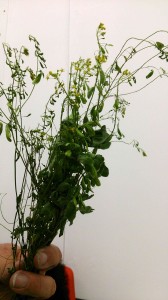
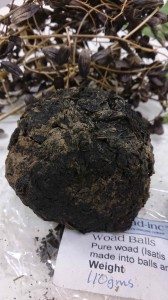
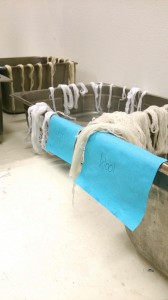

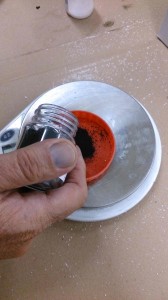
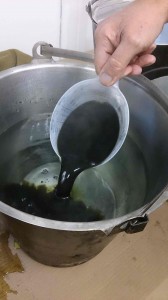
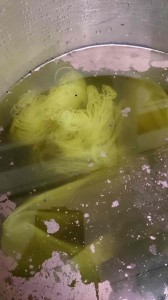
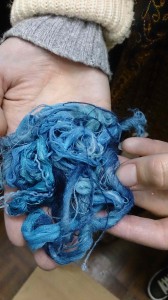
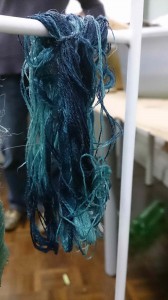
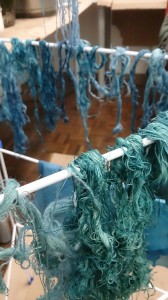
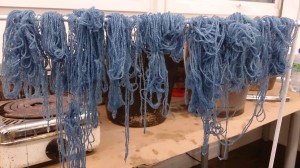
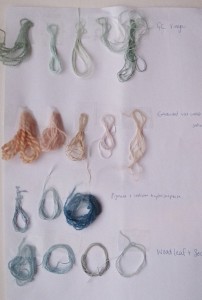
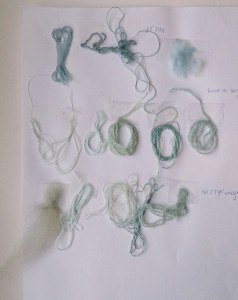

Recent Comments